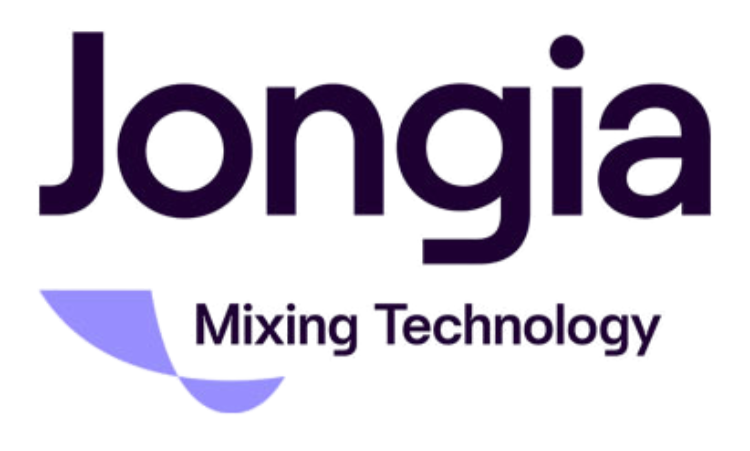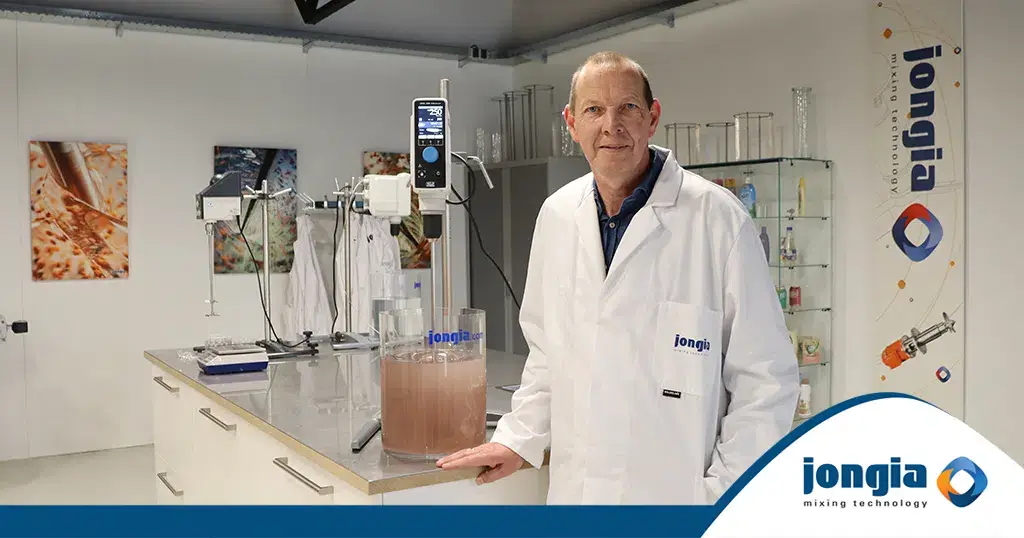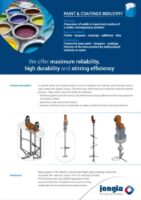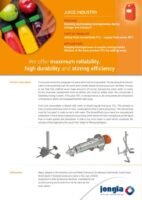The Counterflow is a very suitable mixing element for mixing processes of medium viscous liquid products such as paints, polymers and biodegradable plastics where starch is the basic component.
In this tutorial we show you how the Counterflow moves the liquids to be mixed in two directions to create as much turbulence as possible across the entire width and length of the tank.
Want to know more?
As with all mixing processes, mixing with a specific agitator requires a targeted approach. Jongia Mixing Technology has the knowledge and experience to give you full advice in this field. Any questions? Please do not hesitate to contact us.
Contact our specialized team for all your questions

Bart Brouwer
Area Sales Manager
Area Worldwide

Tom Pruymboom
Sales Director
Area Worldwide
Technical Questions?

Jan Siert Tjeerdsma
Project Manager
Technical Specialist

Sijko van der Veen
Application Engineer
Technical Specialist
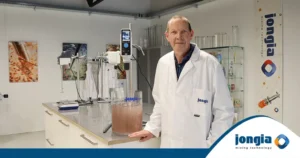
Tutorial: How does the Counterflow work?
The Counterflow is a very suitable mixing element for mixing processes of medium viscous liquid products such as paints, polymers and biodegradable plastics where starch is the basic component. In this tutorial we show you how the Counterflow moves the
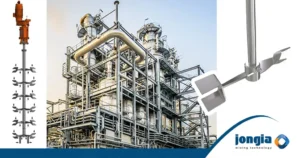
The Counterflow: from request to solution
Mainly in the chemical industry, the Counterflow mixing element is applied in mixing processes of products such as paint, polymers, biodegradable plastics where starch is the basic component and medium viscous liquids. However, what kind of questions do the customers
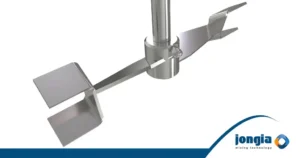
The Counterflow: the top entry mixer for the chemical industry
The Counterflow mixing element doesn’t only move the liquid in the middle or on the outside of the tank, but both sides, in opposite directions. Jongia Mixing Technology has the Counterflow in its range, mainly for the chemical industry. The
